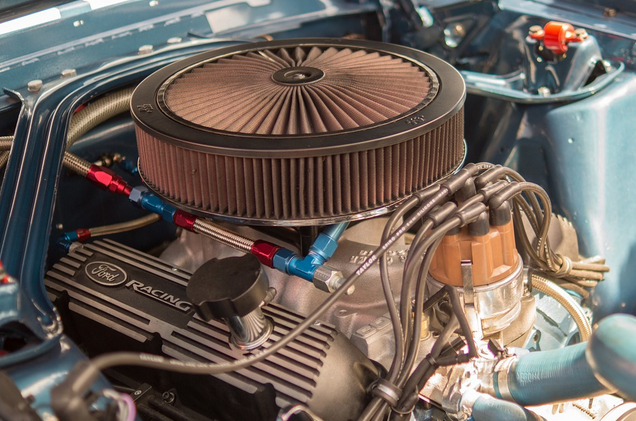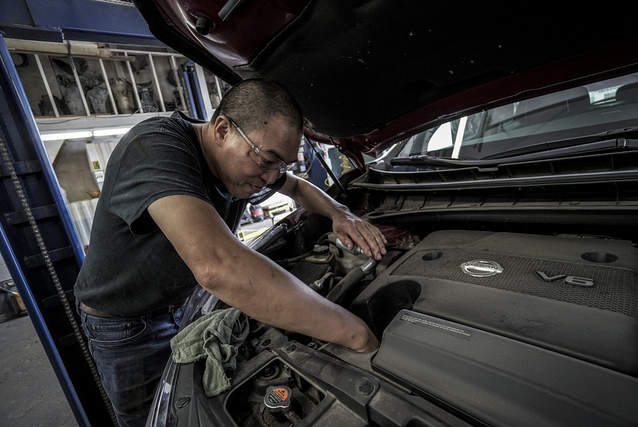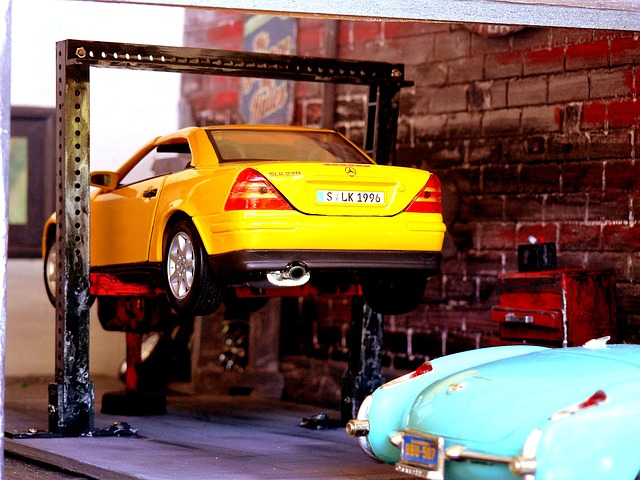How to Keep Your Car Running Smoothly in Extreme Weather
Extreme weather is tough on cars. Whether you’re dealing with blazing summer heat or freezing winter mornings, your vehicle needs extra attention. Without proper care, extreme conditions can lead to breakdowns, expensive repairs, and safety risks. Here’s how to keep your car in top shape no matter the forecast.
Check Your Battery Regularly
Car batteries are sensitive to temperature changes. Cold weather slows chemical reactions, making it harder for your battery to produce power. Heat, on the other hand, can speed up corrosion and cause fluid evaporation. This shortens battery life. Check your battery terminals for corrosion and ensure they’re tightly connected. If your battery is older than three years, have it tested? Many auto shops will test it for free. Don’t wait until your car won’t start to think about battery health.
Keep Your Engine Cool in Hot Weather
In hot weather, engines can overheat fast. Your cooling system needs to be in perfect working order. Check the coolant level regularly and top it up when needed. If you haven’t flushed your radiator in a while, now’s a good time. Old coolant loses effectiveness and can allow rust and buildup. Make sure the radiator cap seals tightly. A faulty cap can cause coolant to escape and pressure to drop. That raises the risk of overheating. Also, keep an eye on the temperature gauge when driving in heat. Pull over if it starts to rise quickly.
Maintain Proper Tire Pressure
Extreme temperatures affect tire pressure. Cold air causes pressure to drop. Hot weather makes it rise. Both situations are dangerous. Low pressure can cause tire blowouts or poor fuel efficiency. Overinflation reduces grip and can lead to uneven wear. Check tire pressure at least once a month, especially before long drives. Use a reliable gauge. Don’t rely on your car’s dashboard warning light alone. Adjust the pressure according to the manufacturer’s recommendation, which is usually on a sticker inside the driver’s door.

Protect Your Car’s Fluids
Fluids are the lifeblood of your vehicle. They help keep everything running smoothly. In cold weather, motor oil thickens. This makes it harder for the engine to turn over. Use the type of oil recommended in your owner’s manual, and switch to synthetic if advised. Transmission fluid, brake fluid, and power steering fluid all play key roles. Make sure they’re at the proper levels. Look out for leaks, especially after parking overnight. The darker the stain on your driveway, the more urgent the problem.
Inspect Your Wipers and Defroster
Rain, snow, and ice all limit visibility. Working wipers and a strong defroster are your best defense. Replace wiper blades every 6–12 months. They’re cheap but essential. In freezing weather, lift the wipers off the windshield when parked. This prevents them from sticking to the glass. The defroster should clear your windows quickly. If it doesn’t, the problem could be the cabin air filter, a stuck vent, or low coolant. Fixing this helps keep your windshield clear and safe in harsh conditions.
Pay Attention to the Heating and Cooling System
You need a working A/C in summer and a good heater in winter. But the heating system isn’t just for comfort. It helps defog and defrost your windows. A malfunctioning heater may also signal deeper issues, such as a clogged heater core or coolant leak. In hot weather, if your A/C blows warm air or smells odd, it may need a recharge or a new filter. These systems need to be checked by professionals. Don’t wait until temperatures are at their most extreme to get things fixed.
In Conclusion
Keeping your car running in extreme weather isn’t complicated. It just takes consistency and awareness. Taking time to check key components ensures your safety and preserves your car’s performance. This care also helps avoid costly repairs down the road. Every car is a bit different. Follow your owner’s manual for exact recommendations. If anything feels off strange sounds, warning lights, or odd smells don’t ignore it. Getting problems diagnosed early is always the best move. With a little effort, your car can handle anything the weather throws at it.…




 Before you even think about hitting the track, you’ve got to ensure that your gear is in top-notch condition. Start by inspecting your helmet, gloves, and other safety equipment to guarantee they meet track regulations.
Before you even think about hitting the track, you’ve got to ensure that your gear is in top-notch condition. Start by inspecting your helmet, gloves, and other safety equipment to guarantee they meet track regulations.  After each run down the track, take a moment to reflect on what just happened. Did you feel any wheel spin off the line? Was your launch smooth or jerky? Pay attention to these details; they can be crucial for improving your performance.
After each run down the track, take a moment to reflect on what just happened. Did you feel any wheel spin off the line? Was your launch smooth or jerky? Pay attention to these details; they can be crucial for improving your performance. 

 Oil leaks can be a common cause of engine damage in cars. When oil starts to leak from the engine, it reduces the lubrication necessary for smooth operation and can lead to other serious issues. One of the main reasons for oil leaks is worn or damaged gaskets and seals. Over time, these components can deteriorate and fail, allowing oil to escape from its designated pathways. This can result in decreased oil pressure and potential damage to vital engine parts. Another possible cause of oil leaks is loose or improperly installed drain plugs or filters. If these components are not tightened securely, they may loosen over time, allowing oil to leak out.
Oil leaks can be a common cause of engine damage in cars. When oil starts to leak from the engine, it reduces the lubrication necessary for smooth operation and can lead to other serious issues. One of the main reasons for oil leaks is worn or damaged gaskets and seals. Over time, these components can deteriorate and fail, allowing oil to escape from its designated pathways. This can result in decreased oil pressure and potential damage to vital engine parts. Another possible cause of oil leaks is loose or improperly installed drain plugs or filters. If these components are not tightened securely, they may loosen over time, allowing oil to leak out.
 Another reason electric
Another reason electric 
 Before you rush out there to choose any company you come across, it is advisable to get adequate references. One of the easiest ways to get references is to contact your colleagues, neighbors, friends, and relatives.
Before you rush out there to choose any company you come across, it is advisable to get adequate references. One of the easiest ways to get references is to contact your colleagues, neighbors, friends, and relatives. Apart from getting recommendations, it is always a good idea to conduct your research. In this case, you need to come up with a list of few reliable local movers in your region. Take your time and try to get information about them to help you choose a professional and dependable company. Ensure you go through their website for business services and history.
Apart from getting recommendations, it is always a good idea to conduct your research. In this case, you need to come up with a list of few reliable local movers in your region. Take your time and try to get information about them to help you choose a professional and dependable company. Ensure you go through their website for business services and history. When looking for a professional man with a van service, ensure you choose an insured or licensed company. In other words, you need to deal with a company that provides the safety of your properties. Do not make the mistake of working with a company that is not insured. You will run the risk of losing your property in case they get damaged in the transportation process.
When looking for a professional man with a van service, ensure you choose an insured or licensed company. In other words, you need to deal with a company that provides the safety of your properties. Do not make the mistake of working with a company that is not insured. You will run the risk of losing your property in case they get damaged in the transportation process.

